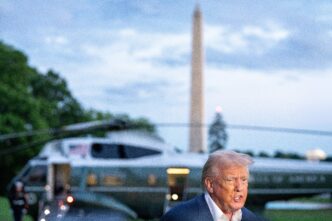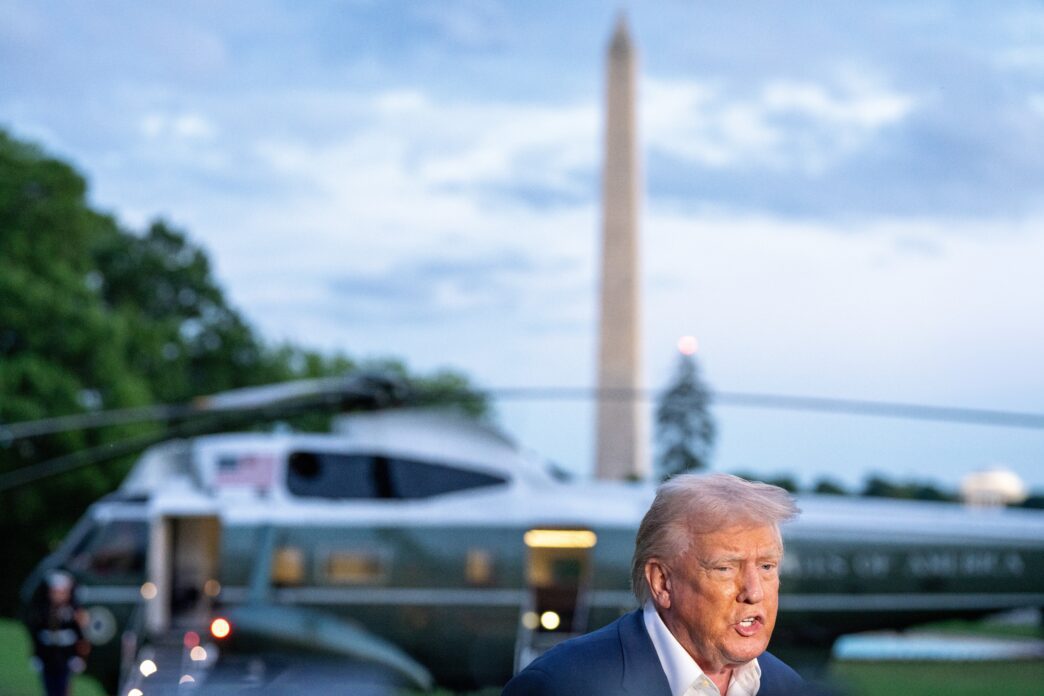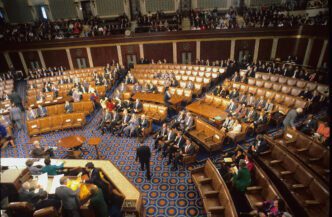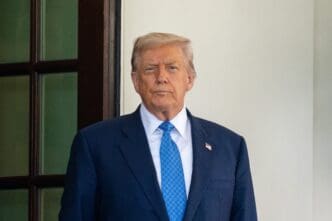Executive Summary
The Story So Far
Why This Matters
Who Thinks What?
President Donald Trump’s tariff strategy has created an unprecedented and challenging environment for countries negotiating with the United States, according to an analysis by Richard Quest published on November 1, 2025. The approach, which utilizes tariffs as a primary tool for leverage in both trade and non-trade-related disputes, is described as putting America’s allies in a near-impossible situation.
Trump’s Tariff Leverage
The analysis highlights that President Trump frequently employs tariffs to gain an advantage over opponent countries, regardless of whether the underlying issue is related to trade. This strategy was recently underscored when Trump announced a 10% tariff increase on Canada. This action was reportedly in response to an anti-tariff commercial aired by Ontario across the United States, featuring a quote from former President Ronald Reagan criticizing general tariffs.
While there appears to be no direct causal trade link between Ontario’s advertisement and Trump’s tariff threat, the response was not unexpected, according to the analysis. This incident exemplifies the unpredictable nature of U.S. economic policy under the current administration.
Challenges for Allies
Countries engaging with the United States in trade negotiations face a unique set of demands. They must adopt a transactional mindset, constantly prepared to offer concessions. Furthermore, they must anticipate President Trump’s potential last-minute requests for additional offerings.
A significant “third wrinkle” identified in the analysis is the U.S. use of retaliatory tariffs for seemingly unrelated issues. This means countries cannot predict which policies or actions might offend Trump, potentially leading to immediate tariff retaliation. This approach deviates from traditional tariff applications, which typically aim to correct perceived trade imbalances or protect domestic markets.
Global Examples of Tariff Application
President Trump’s tariff strategy has been applied globally, often with varied and sometimes unclear rationales. For instance, India faced 50% tariffs, which the analysis suggests had “at least a scintilla of geo-political logic” due to India’s continued oil purchases from Russia.
In contrast, the tariff imposition on Brazil, which saw an increase to 50% from an earlier 10%, was linked to the prosecution of former Brazilian President Jair Bolsonaro. Trump described the prosecution as “a witch hunt” and cited “Brazil’s insidious attacks on Free Elections, and the fundamental Free Speech Rights of Americans” as reasons. The Brazilian Specialty Coffee Association reported a 70% drop in special coffee exports following these tariffs, with the IMF warning of a broader economic slowdown in Brazil.
Colombia also faced economic pressure after its President Gustavo Petro criticized Trump’s bombings of alleged drug smugglers. Trump responded by calling Petro “an illegal drug leader” and threatening to cut foreign aid and increase tariffs. Similarly, South Africa incurred steep tariffs due to its perceived ill-treatment of White farmers and land reforms.
China’s Approach and Future Legal Challenges
According to the analysis, China is presented as the sole country that has successfully navigated President Trump’s tariff strategy. Chinese President Xi Jinping is described as having “mastered the careful art of letting Trump appear to win while quietly claiming victory at home,” leading to a reduction in tariffs after recent meetings.
A crucial development looms next week, as the U.S. Supreme Court is scheduled to hear President Trump’s appeal of two lower court rulings. These rulings found his use of tariffs as leverage to be an illegal exercise of his emergency powers. Should the Supreme Court uphold these decisions, it could significantly curtail President Trump’s preferred tool for international economic pressure.








